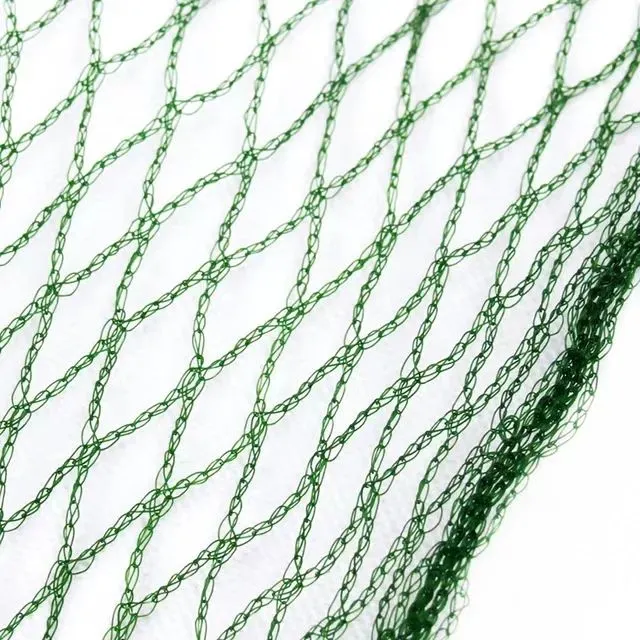-
 Afrikaans
Afrikaans -
 Albanian
Albanian -
 Amharic
Amharic -
 Arabic
Arabic -
 Armenian
Armenian -
 Azerbaijani
Azerbaijani -
 Basque
Basque -
 Belarusian
Belarusian -
 Bengali
Bengali -
 Bosnian
Bosnian -
 Bulgarian
Bulgarian -
 Catalan
Catalan -
 Cebuano
Cebuano -
 China
China -
 Corsican
Corsican -
 Croatian
Croatian -
 Czech
Czech -
 Danish
Danish -
 Dutch
Dutch -
 English
English -
 Esperanto
Esperanto -
 Estonian
Estonian -
 Finnish
Finnish -
 French
French -
 Frisian
Frisian -
 Galician
Galician -
 Georgian
Georgian -
 German
German -
 Greek
Greek -
 Gujarati
Gujarati -
 Haitian Creole
Haitian Creole -
 hausa
hausa -
 hawaiian
hawaiian -
 Hebrew
Hebrew -
 Hindi
Hindi -
 Miao
Miao -
 Hungarian
Hungarian -
 Icelandic
Icelandic -
 igbo
igbo -
 Indonesian
Indonesian -
 irish
irish -
 Italian
Italian -
 Japanese
Japanese -
 Javanese
Javanese -
 Kannada
Kannada -
 kazakh
kazakh -
 Khmer
Khmer -
 Rwandese
Rwandese -
 Korean
Korean -
 Kurdish
Kurdish -
 Kyrgyz
Kyrgyz -
 Lao
Lao -
 Latin
Latin -
 Latvian
Latvian -
 Lithuanian
Lithuanian -
 Luxembourgish
Luxembourgish -
 Macedonian
Macedonian -
 Malgashi
Malgashi -
 Malay
Malay -
 Malayalam
Malayalam -
 Maltese
Maltese -
 Maori
Maori -
 Marathi
Marathi -
 Mongolian
Mongolian -
 Myanmar
Myanmar -
 Nepali
Nepali -
 Norwegian
Norwegian -
 Norwegian
Norwegian -
 Occitan
Occitan -
 Pashto
Pashto -
 Persian
Persian -
 Polish
Polish -
 Portuguese
Portuguese -
 Punjabi
Punjabi -
 Romanian
Romanian -
 Russian
Russian -
 Samoan
Samoan -
 Scottish Gaelic
Scottish Gaelic -
 Serbian
Serbian -
 Sesotho
Sesotho -
 Shona
Shona -
 Sindhi
Sindhi -
 Sinhala
Sinhala -
 Slovak
Slovak -
 Slovenian
Slovenian -
 Somali
Somali -
 Spanish
Spanish -
 Sundanese
Sundanese -
 Swahili
Swahili -
 Swedish
Swedish -
 Tagalog
Tagalog -
 Tajik
Tajik -
 Tamil
Tamil -
 Tatar
Tatar -
 Telugu
Telugu -
 Thai
Thai -
 Turkish
Turkish -
 Turkmen
Turkmen -
 Ukrainian
Ukrainian -
 Urdu
Urdu -
 Uighur
Uighur -
 Uzbek
Uzbek -
 Vietnamese
Vietnamese -
 Welsh
Welsh -
 Bantu
Bantu -
 Yiddish
Yiddish -
 Yoruba
Yoruba -
 Zulu
Zulu
Exploring Innovative Agricultural Networks for Sustainable Farming Solutions
The Role of Agri-Nets in Modern Agriculture
Agriculture has always been a fundamental pillar of human civilization, providing food, fiber, and raw materials essential for survival and growth. As the global population continues to rise, so does the demand for increased agricultural productivity. In this quest for efficiency and sustainability, technological innovations have become crucial. One such innovation is the use of agricultural nets, commonly referred to as agri-nets. These versatile tools are transforming the landscape of farming and contributing significantly to improved yields and sustainable practices.
Agri-nets are made from various materials such as polyethylene, nylon, or polypropylene, and they serve diverse purposes within the agricultural sector. Farmers utilize these nets for pest control, crop protection, and even as support structures for climbing plants. The primary function of agri-nets is to create a barrier that helps in safeguarding crops from environmental challenges and biological threats.
The Role of Agri-Nets in Modern Agriculture
Moreover, agri-nets can be instrumental in controlling weeds. By covering the soil with nets, farmers can inhibit weed growth, reducing competition for nutrients and water. This minimizes the need for herbicides, further contributing to sustainable farming practices. The use of these nets not only enhances soil health but also promotes biodiversity by maintaining the ecological balance in the farming environment.
agri nets

Another critical application of agri-nets is in the protection of crops from adverse weather conditions. Extreme weather events, such as hail, heavy rain, and strong winds, can cause significant damage to crops. Employing protective nets can reduce the impact of such climatic challenges. Hail nets, for instance, are specifically designed to shield delicate fruit crops from hail damage, ensuring a more reliable harvest.
In addition to protecting crops, agri-nets provide support for climbing plants such as tomatoes and cucumbers. These nets facilitate healthy growth by allowing plants to climb upwards, which improves air circulation and sunlight exposure. As a result, farmers experience enhanced plant growth, leading to better yields. This vertical growing approach is especially beneficial in urban agriculture settings, where space is limited.
The implementation of agri-nets is not without its challenges. The initial investment cost, maintenance, and the environmental impact of synthetic materials are factors that farmers must consider. However, many agronomists advocate for the long-term benefits that these nets offer, citing their role in reducing pesticide use and promoting sustainable agricultural practices. Additionally, advancements in biodegradable materials are paving the way for more eco-friendly options in the production of agricultural nets.
As global agriculture continues to evolve, the role of agri-nets stands out as a testament to the power of innovation. By effectively integrating these tools into their farming practices, agriculturalists can address the pressing challenges of food security, environmental sustainability, and climate change. The future of agriculture will increasingly depend on smart solutions like agri-nets, which not only enhance productivity but also contribute to a more sustainable and resilient agricultural system.
In conclusion, agri-nets are a vital component of modern agriculture, providing numerous benefits that enhance crop protection, reduce reliance on chemicals, and optimize growth practices. As the industry moves forward, the continued development and adoption of agri-nets will hold the key to achieving a sustainable agricultural future, ensuring that we can meet global food demands while safeguarding our environment for generations to come.
-
Shipping Plastic Bags for Every NeedNewsJul.24,2025
-
Safety Netting: Your Shield in ConstructionNewsJul.24,2025
-
Plastic Mesh Netting for Everyday UseNewsJul.24,2025
-
Nylon Netting for Every UseNewsJul.24,2025
-
Mesh Breeder Box for Fish TanksNewsJul.24,2025
-
Expanded Steel Mesh Offers Durable VersatilityNewsJul.24,2025











